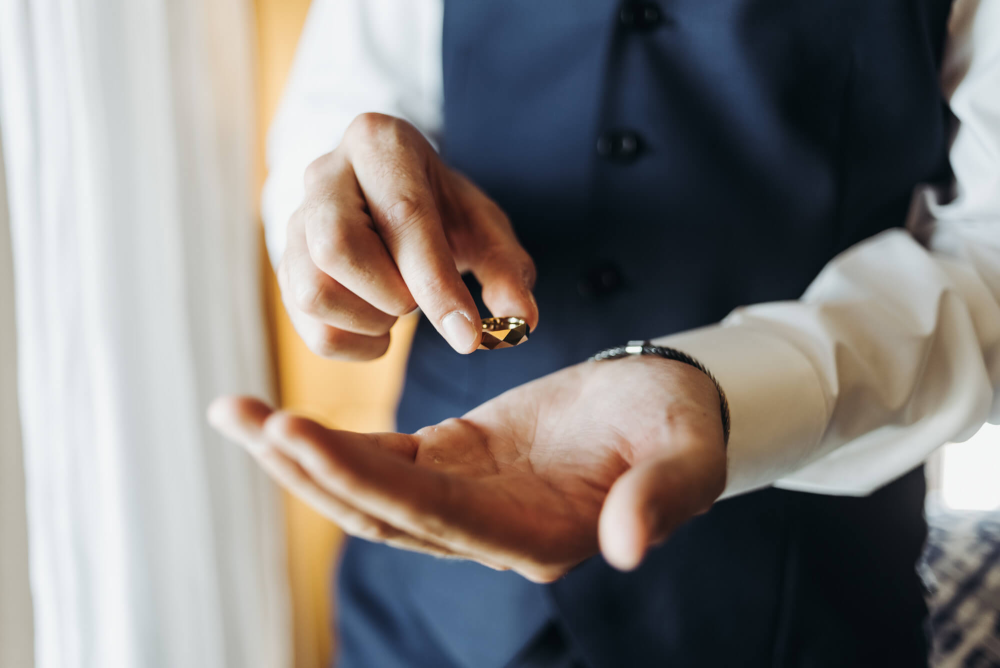Natural Fancy Color Diamonds
There’s no denying that crystal-clear diamonds are amongst the most captivating, tantalizing, and fascinating gems that can be found naturally here on our Earth. What’s more interesting is they come in many different and unique spectrums of colors that can be perfectly worn based on the preference of their wearer.
Some people wear their natural fancy-colored diamonds to add style, fashion, and even attitude to their attire, while some other people wear a specific color of diamond because it brings them luck, prosperity, and for their beliefs.
Now, let’s dive deeper to better understand the world of natural fancy color diamonds.
What is Natural Fancy color diamonds?
Natural fancy color diamonds are much rarer gems compared to the traditional crystal-clear colorless diamonds and even to some normal colored diamonds that can be found on Earth. Their captivating colors and vivid hues will surely mesmerize the eyes of those who seek beauty, glamour, and fancy jewels beyond any doubt.
The rarity of these interesting gemstones is one in a million. From the rarest vivid red to the most common yellow diamonds, the rarity of these colored diamonds is far more scarce compared to the colorless diamonds which will definitely enchant the eyes of any collector or even a simple diamond lover.
The colors of these fancy-colored diamonds are graded from D-to-Z and are usually called the D-to-Z color-grading scale. A D-grade diamond is considered colorless, yet a Z-grade diamond is considered a light-yellow diamond. A certain diamond that falls off from the D-to-Z scale is considered to be called a fancy diamond.
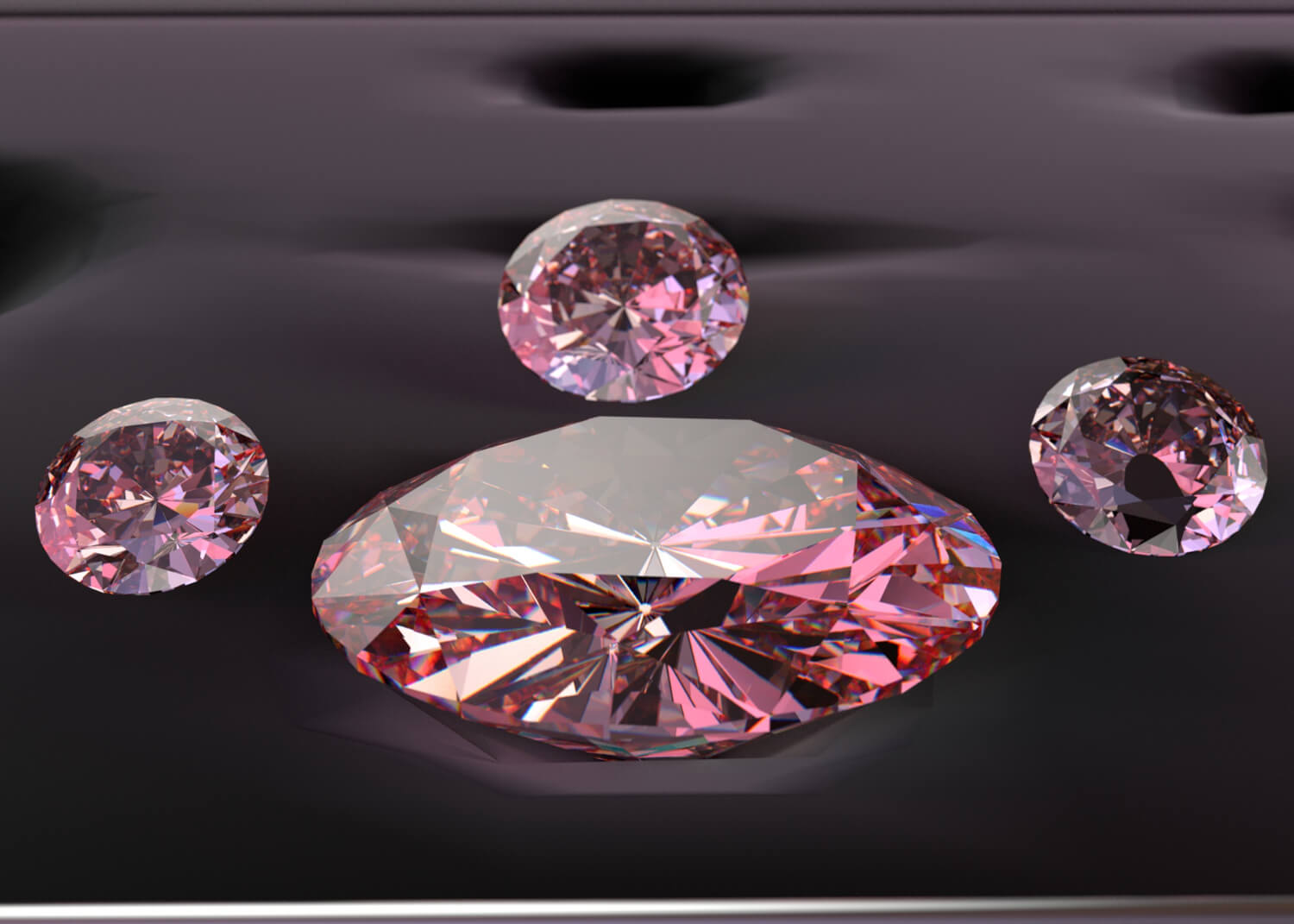
What Colors Can be Found in Fancy Diamonds?
Colors, in particular, have their own distinction depending on the combinations, or even the absence of different kinds of colors. This event is the same in the diamond realm. Many types of elements can also affect the color of a diamond and some other physical phenomena.
These diamonds’ unique colors are made out of many factors such as; intense temperature and pressure, chemical compositions, chemical impurities, structural defects, some presence of many other elements, and circumstances that happened deep within the Earth’s mantle millions of years ago. Its term “natural” comes from the way it was processed, naturally and without any help from any man-made machines.
Here are some brief explanations of why certain colors appear on a diamond:
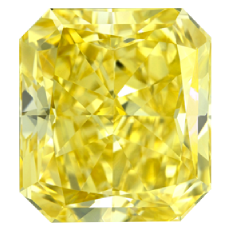
Also known as canary diamond. The color yellow on a diamond comes from the element nitrogen. Nitrogen atoms in the structure of a crystal diamond absorb all the blue light which allows the color yellow to be more noticeable when observed in a white light. Just below the color brown, the fancy yellow diamond is the 2nd most fancy color that is available.
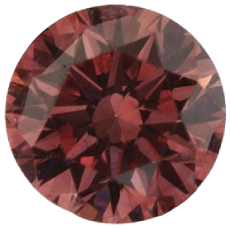
The reason behind the pink color in diamonds is still a bit incomplete. The general understanding of some researchers points to the plastic deformation of atoms throughout their formation. This deformation causes structural abnormalities in the lattice of the diamond, therefore, affecting the bounce of light and causing it to appear pink.

Radiation, elements such as boron and nitrogen, and the presence of the chemical Sulphur are some of the reasons why the color green appears on a certain diamond. The radiation takes the place of carbon atoms in the structure of the diamond from their lattice positions, then creates an opening that absorbs certain light spectra, thus creating a green color. It symbolizes growth, freshness, nature, and harmony.

Also known as brown diamonds get their brown color from nitrogen, the same as the color yellow, they only differ in their arrangement of molecules and particles. This color is the most common among all colored diamonds but is still considered rare compared to colorless diamonds. These diamonds are connected to clarity, stability, and order.
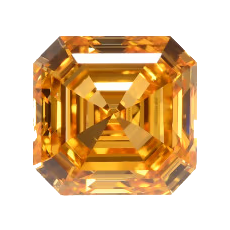
This type of diamond color symbolizes creativity, happiness, enthusiasm, and energy. This specific color of diamond often referred to as fire diamonds gets its color from nitrogen impurities that are embodied in the diamond’s lattice during their growth deep within the Earth. This color has a wide array of color combinations, intensity of color, saturation, and vividness.
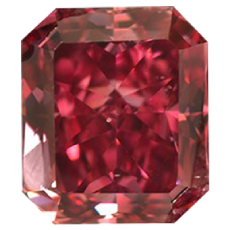
Just like the pink diamond, researchers in the world conclude that its color comes from the same plastic deformation in the lattice of its crystals. The movement of its atoms creates an upward motion through its kimberlite deposit, the intense pressure of this movement then creates the color red or sometimes some shades of it. This color is considered to be the rarest color apart from any other fancy-colored diamonds. Passion and love is what this diamond color represents.
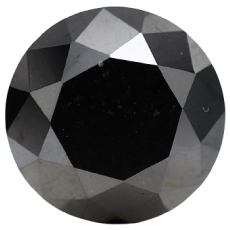
Black diamonds are often called carbonados or carbon diamonds derived from their mother component. The color black of this diamond comes from inclusions rather than other elements such as nitrogen, hydrogen, boron, etc. Rather than element components, the blackening of this diamond is caused by graphite and its porous structure. Some speculations suggest that these diamonds are formed from outer space and were delivered here on Earth via asteroids. Their hues symbolize eternity, fidelity, and purity.
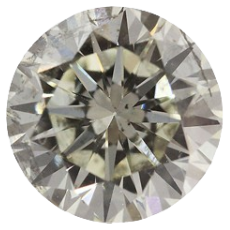
The color grey that appears on a diamond is caused by boron or hydrogen in the carbon structure of a diamond, some diamonds appear more darkish grey while others are on the lighter side of the grey, it all depends on the amount of boron or hydrogen present in the diamond. Also known as salt and pepper diamonds, each grey-colored gem has unique patterns, hues, and tones that can captivate anyone’s interests.
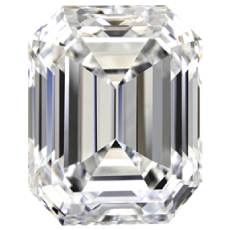
White diamonds are associated with purity and clarity. These diamonds get their cloudy and milky look because of the large quantities of nitrogen atoms present in the gem’s formation. This event is unlike any other fancy-colored diamond formation, it happens due to the nitrogen atoms and not because of impurities.
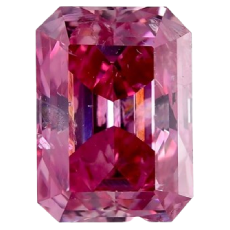
Often referred to as a sign of love and romance, Argyle diamonds are pink in nature and have different hues, saturations, and luminance. Its name origin is from the Argyle mine in Australia. Its pinkness nature is still undefined but speculated that it came from the plastic deformation of atoms throughout its formation.
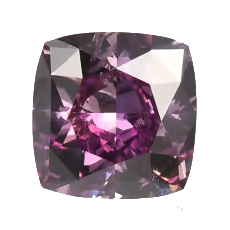
Most scientists and chemists agree that the purple color of a diamond comes from crystal distortion. Moreover, it is also believed that it is because of some little hydrogen is the cause of it. It is often associated with spirituality, wealth, power, and enlightenment.
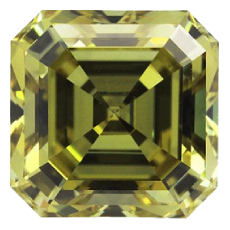
The only diamond that can change colors. Its name is derived from the animal chameleon, which are known for their camouflage behavior, and the changing of their colors. These diamonds change their color when exposed to light after being held in a dark storage. Its original color is greyish yellow and it can turn brown when exposed to light.
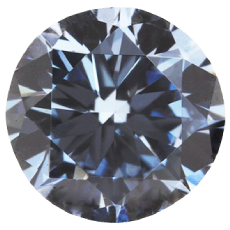
The element boron is what makes a diamond blue, it naturally absorbs the color red, yellow, and green light thus making the magnificent color blue. High amounts of boron can make the color blue intensified. The color is often linked to truth, peace, and chastity.
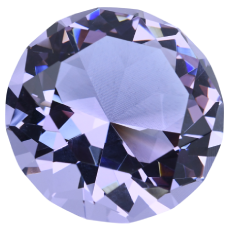
Same as purple and grey, violet diamonds are not yet fully understood by scientists, researchers, and chemists. However, it is believed that the color violet is the product of hydrogen during formation. The color violet is associated with pride, wealth, and power.
Each color of diamonds appears due to several combinations of events that happened while they formed deep within the Earth’s mantle. Even if they were formed differently, they are the same when it comes to beauty, elegance, and rarity.
Unveiling the Most Common and
Rarest Colors in the World of Gemstones
Fancy color diamonds truly are scarce when it comes to quantity. However, their quantity all over the world can be divided into two types; the common fancy color and the rare fancy-colored ones. The most common colors of a diamond range from yellow to brown colors. Moreover, the rarest colors are pink, blue, purple, and red.
Common colors

Brown
Brown colored diamonds are widely known as the most common of all the colored diamonds. Brown diamonds have less value compared to other diamonds with color.

White
The color of white diamonds can be described as milky, snowy, and cloudy. They are not as transparent as crystal clear diamonds and are considered common in the diamond realm.
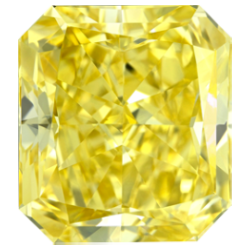
Yellow
The second most common on all the fancy-colored diamonds, it has a wide range of saturations and hues. Perfect for engagement rings and even wedding rings.

Grey
Putting grey on the common colors that occur in a diamond is quite confusing. However, grey diamonds are much more ordinary compared to the rare fancy colors on this list, but they are more infrequent than yellow and brown diamonds.
Rare colors

Purple
One of the rarest colors of diamond and less than 100 carats have been dug beneath the Earth.

Pink
Pink-colored diamonds hold the third place for the rarest diamond colors. All of the mined pink diamonds come from Argyl Australia and less than 1% of this mine’s output is pink.

Blue
Unlike the blue ocean which is 71% of Earth, the total of the blue diamond that has been mined is less than 0.02% overall. In spite of that, the color of fancy blue just holds second place in this list.

Red
Lastly, red. This is the rarest color of diamond in the world. Averaging to only 20 to 30 natural red diamonds in the exists.
Color Grading and Rarity
The color grading scale is a tool used by gemologists when classifying and evaluating certain stones for their colors and characteristics. This scale has a D-to-Z range, when a diamond falls off within this range, it is considered a fancy-color diamond. These fancy-color diamond stones are graded based on their color strength, and these are: (Faint, Very Light, Light, Fancy Light, Fancy to Fancy Intense, Fancy Vivid, Fancy Dark, and Fancy Deep).
The importance of this special color grading scale is to determine how valuable, beautiful, and unique a colored gem an individual has. These are some of the key aspects that this color grading scale measures in a diamond; hue, value, intensity of color and saturation, and especially its rarity. These key aspects overall determine how valuable a fancy-colored diamond is, with regards to its color.
Some of the rarest colors available are red, blue, pink, and purple diamonds are considered to be the gemstones that have the most value. These rare-colored diamonds have different grades depending on their hue, saturation, and deepness of color. The darker the hue of a diamond, the more value it possesses.
Utilizing Exquisite Colored Diamonds: A Stylish Approach
When an individual has several pieces of exquisite-colored diamonds, there can be countless ways to arrange and blend them according to the owner’s taste in fashion. The value of these gemstones is not just for their monetary price, they can also be used in art, paintings, stylish displays, and many more. It can also be formed as a unique and fashionable piece of jewelry that would outstand any of its competitors in the world of fashion.
Each particular color of a diamond has its own purpose, some examples are; red for power and love, blue for peace and tranquility, and yellow for optimism. When mixed together with another color it creates another perspective with added meanings and emotions. Another example would be blue and red diamonds mixed together creating an emotion, particularly love and tranquility.
The mixing of colored diamonds is for an individual to decide. Whether he/she wants to promote particular emotions to the people, a long-lasting impression of purpose, or be unique when it comes to jewelry. A stylish approach to the world of exquisite-colored diamonds can last an eternity and the confidence it brings to its wearer will surely bring glamour to any event.
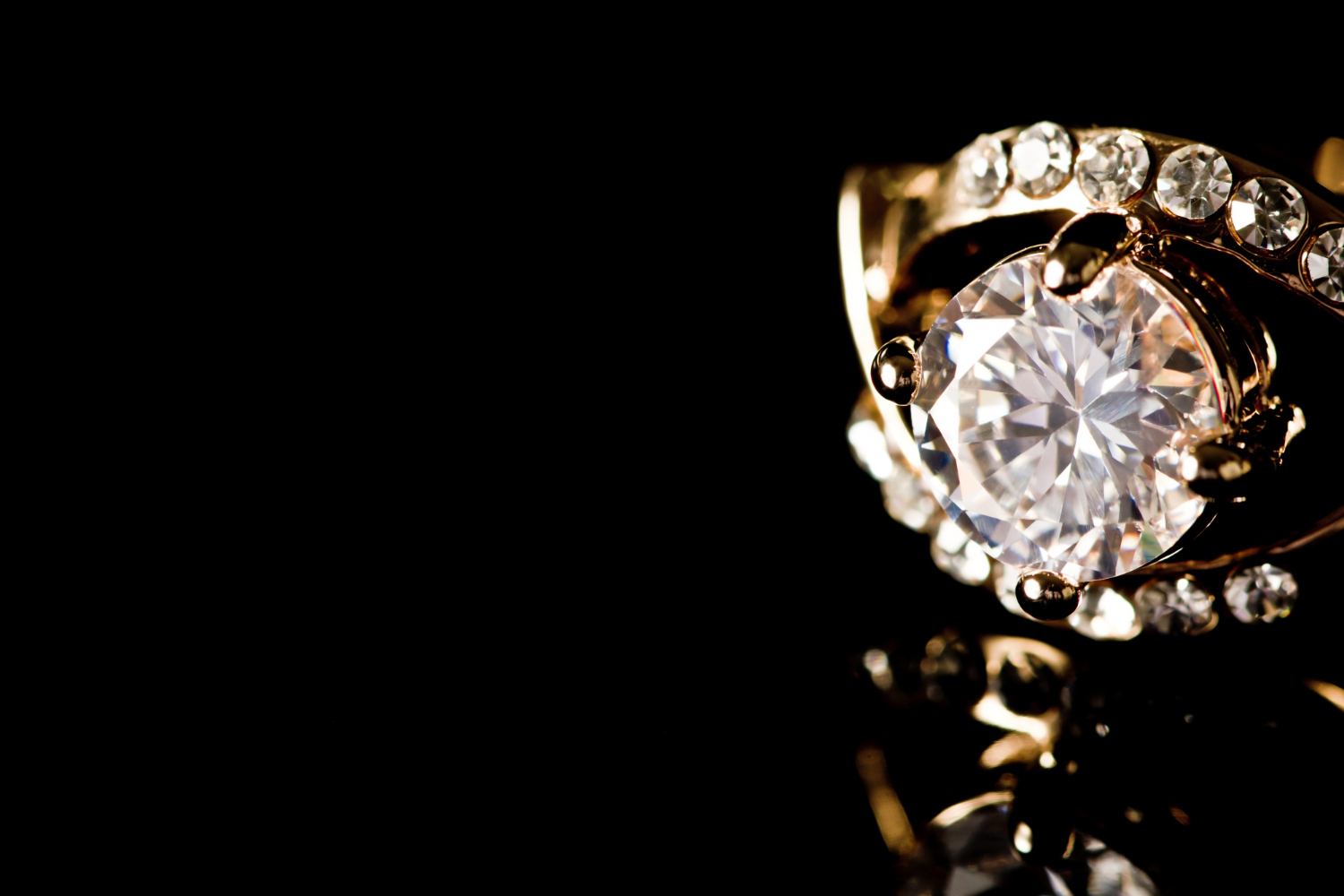
Invest in Fancy Color Diamonds to Unlocking Promising Returns
Diamonds, in particular, have their place in the investment sector. They have historically high returns and have proven to be inflation-proof by many investors, analysts, and long-term holders of these said diamonds. It can also effectively diversify one’s portfolio, making it a good and reliable investment for the future. This said diversification can greatly reduce risk and volatility within the market, providing a good safeguard against instability of the market.
While diamonds are good investments, fancy-color diamonds promise more returns compared to crystal-clear diamonds. Their rarity and exclusivity are what separate them from their origins. A fancy color diamond can get up to double its value in just only 4 to 6 years. High demand and limited supply are what cause them to be more collectible.
Historically, these fancy color diamonds have been proven to outperform any other type of assets, their appreciation year to year is significantly higher compared to any tangible assets. Investing in them is not that hard, it only takes a proper knowledge about diamonds and their authenticity, a good understanding of the market fluctuations and inflation, and some good old research and anyone can start buying them for their future.
Here are a few reasons why anyone should start investing in fancy-color diamonds as soon as possible.

High Demand
Increase in demand but limited in supply. Commonly, it is never a bad idea to invest in an asset that has high demand like properties, gold, silvers, and diamonds.

Portable Wealth
Because of its nature in weight, an investor can bring his tangible anywhere.

Rare
Rarity is what it differentiates from other tangible assets. Anyone can have property, gold, or silver, but not everyone can have a piece of a rare colored diamond.

Diversification of assets
Many investors nowadays, find ways to diversify their assets. An investment in a colored diamond is a great idea when it comes to investing. Putting eggs in a different basket is never a bad idea for any investor.
Identifying Naturally Colored Diamonds: A Guide
There are a lot of processes involved when it comes to the understanding and identification of a naturally colored diamond. Usually, one should understand how the colors interact with each other. But in the case of diamonds, natural phenomena occur which can alter the color of a specific diamond.
Differentiating a treated or synthetic-colored diamond from a natural-colored diamond could be an eyesore to an individual. Luckily, we prepared a checklist for investors, collectors, or even individual enthusiasts who wish to have these rare gems in their portfolios.
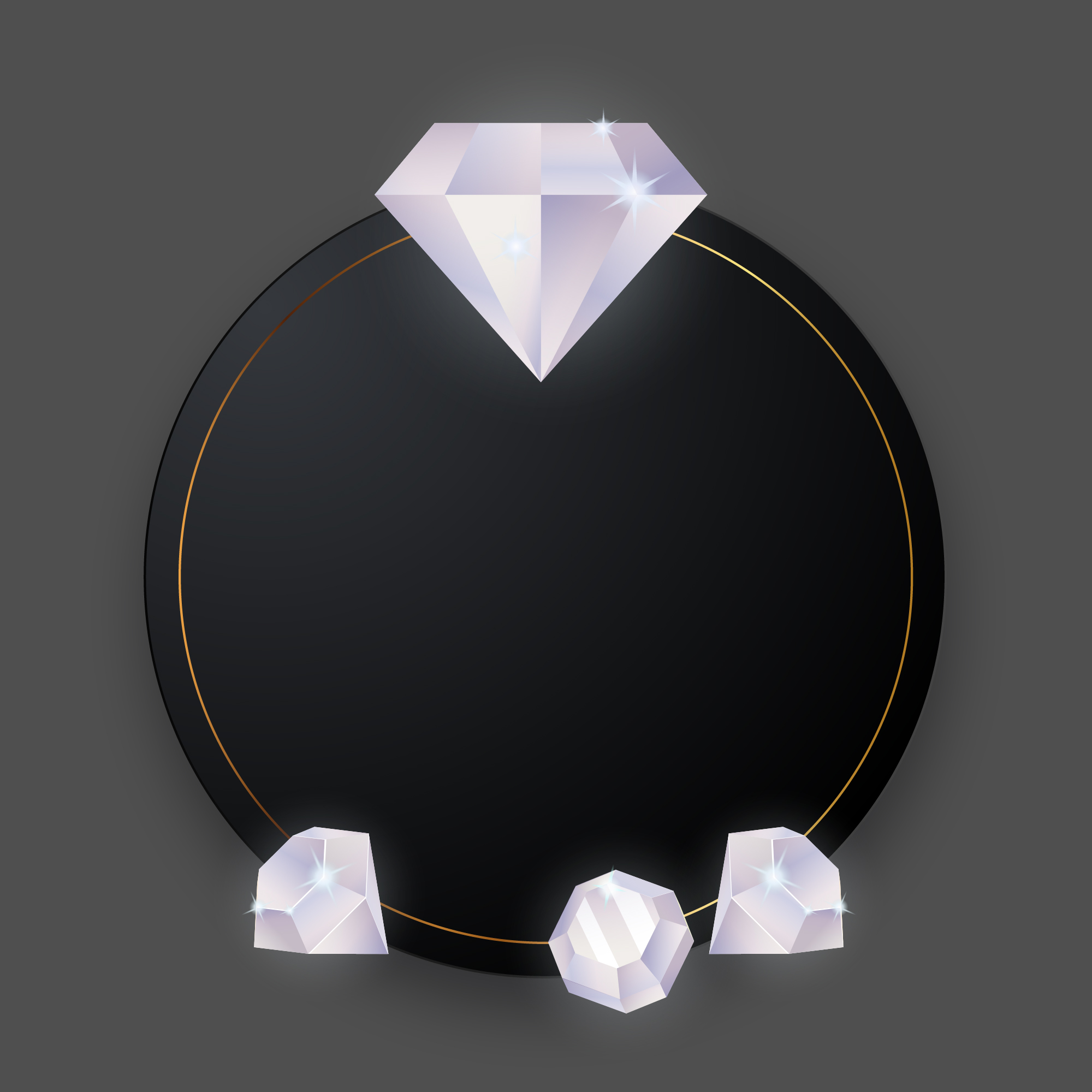
Color grade and uniformity
Anyone could not go wrong by checking the color grade and uniformity at a reputable institution like the Gemological Institute of America (GIA). Their diamond grade report is top-of-the-line when it comes to color grades, hue, saturation, and uniformity checks.
Clues in inclusions
Even if people treat inclusions as deformities or flaws, they can provide clues to the diamond’s origins. It can authenticate its natural formation just by inspection with a trained eye, and it also serves as a natural legitimate checker.
Dealer reputation
A reputable dealer for years could help you when identifying naturally colored diamonds. It may be a bit pricey when purchasing one because of their name, but the assurance that you paid for a legitimate diamond is far more priceless.
Use of equipment and devices
The equipment needed to check a colored diamond’s origins is in large laboratories and cannot be easily accessed by anyone. However, visiting a reputable institute that provides quality checks for a diamond is a fairly good idea before buying one.
Identifying a naturally colored diamond from a man-made colored diamond is never too easy. One should possess the proper knowledge and exceptional observation skills, especially in every bit of detail a diamond has.
The Allure of Natural Fancy Color Diamonds:
A Preference Over Colorless Gems
There’s no doubt that fancy color diamonds are the rarest diamonds on the planet. Same as clear diamonds, the allure of natural fancy color diamonds has been dazzling its enthusiasts for years. What separates them apart from colorless diamonds are their rarity, uniqueness, and fancy attributes.
Nowadays, the preference for natural fancy color diamonds over colorless gems has skyrocketed due to their increasing demand and fashionable identity. Also, they are much greater to have when it comes to investments and assets due to the limited supply in the market. Let us look at the key factors that affect the growth preference of natural color diamonds over colorless diamonds.

Quantity
Crystal diamonds also known as colorless diamonds are more abundant compared to fancy color diamonds, excluding D, E, & F grade. While on the other hand, fancy color diamonds are rarer making them a good choice when investing.

Emotional appeal
Colorless diamonds are often associated with clarity, pureness, and tradition. While fancy color diamonds have a vast array of colors making them a perfect choice when it comes to emotional events. Anyone could wear fancy color diamonds in any given event, it will surely add more personal and deeper connections to certain galas and events.

Versatility and trends
Clear diamonds can be timely elegant and versatile at the same time, they can usually match any outfit for any event and could be worn even at home. While this is true, fancy color diamonds offer more creativity and versatility by being colorful, they can complement any attire in a personal way.
Key Factors to Evaluate When Investing
in Natural Color Diamonds
There are many key factors that need to be evaluated before investing in natural color diamonds. Any investor who wants to start investing in anything should be careful and knowledgeable. That is the same when it comes to investing in natural color diamonds. Evaluation, decision-making, and considerations are some of the skills needed when investing to maximize growth and lessen risk factors. We prepared some of the most important factors needed when investing in it, and these are:

Certification
Always make sure that the diamond is certified by reputable institutions such as the Gemological Institute of America (GIA) and the International Gemological Institute (IGI). This institute provides every bit of detail that is necessary when purchasing any kind of gemstones and diamonds.

Checking of 5cs
Consider all of the 5cs of a diamond; cut, carat, clarity, confidence, and especially its color. This will help an investor before investing in the diamond realm. Having proper knowledge about the 5cs of a diamond will exponentially help the investor before buying any color diamonds in the market.

Market demands
Conduct thorough research about the market of color diamonds, compare trends and consumer preferences, and be ready for emerging trends for a better investment opportunity. Evaluate the potential of fancy color diamonds to have a better understanding of what is to come in the future of the market.
How Does GIA Grade Fancy Color Diamonds?
The Gemological Institute of America (GIA) is the leading institute when it comes to grading diamonds; fancy color and clear diamonds. The institute is known for its thorough and standardized process which is used when determining the grade of a certain fancy color diamond. The three main attributes that the GIA assesses when grading colored diamonds are their hue, tone, and saturation.
- Hue – The GIA assesses a diamond’s hue by determining its dominant color throughout the diamond such as yellow, brown, green, or blue. There are 5 categories of fancy color in a diamond, these are categorized as; fancy light, fancy, fancy intense, fancy vivid, and fancy deep.
- Tone – Ranging from light to dark, the color tone of a diamond is often referring to the lightness or darkness of its color. It is graded from very light to very dark.
- Saturation – A saturation of color means the intensity or strength of the color. It is often graded as faint up to vivid. Naturally, a more vivid color diamond is more desirable compared to the faint ones.

FAQs
What is the most expensive color diamond?
Red is the most expensive color of diamond due to its scarcity. When they show up on the market, their price usually starts at $1 million per carat.
Are fancy colored diamonds a good investment?
Yes, it is practical to invest in fancy color diamonds due to their increasing demand and rarity. Some of the best colors of diamonds to invest in are yellow, brown, blue, and red.
Are fancy colored diamonds real diamonds?
Yes, they are naturally formed here on our Earth the same as crystal clear diamonds.
What causes the color in fancy color diamonds?
Several factors are included but the main reason for most of these fancy color diamonds is the presence of trace elements such as nitrogen, boron, and hydrogen. Structural defects and anomalies during the formation also contribute to the color of a diamond.
Final Verdict
To conclude, this guide serves as a good source of knowledge when entering the intricate world of diamonds. From understanding the 5cs of a diamond, diamond investment, the diversity of diamond-crafted jewelry, the big difference between lab-grown diamonds and natural diamonds, to even conflict-free diamonds.
After reading and understanding this article, an individual is readily equipped with the proper knowledge to make informed decisions when purchasing, obtaining, and even maintaining a diamond. May this guide serve as a companion to your journey when mastering the world of diamonds.
